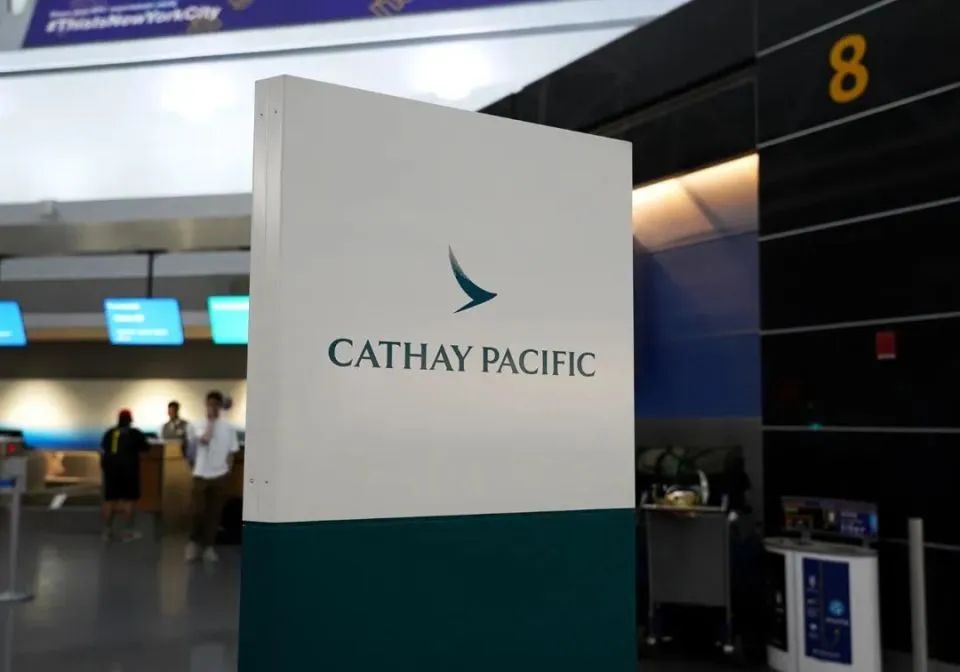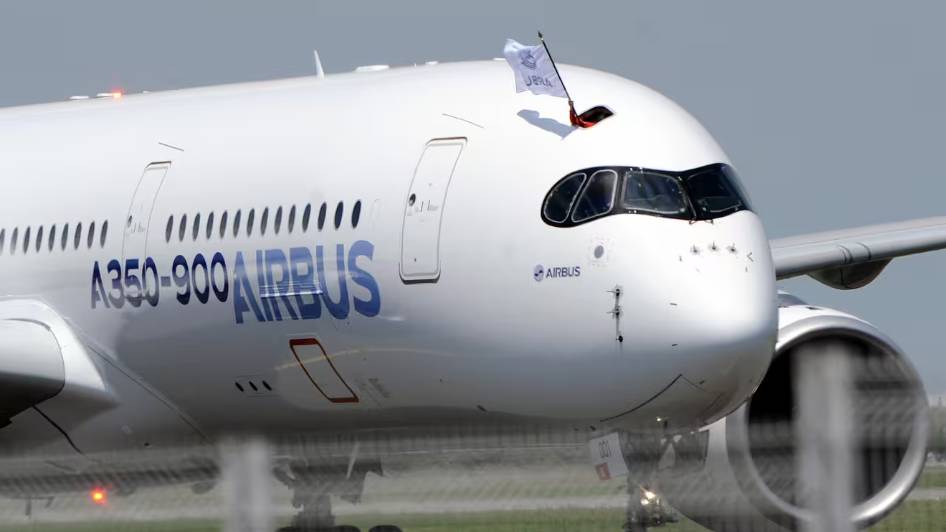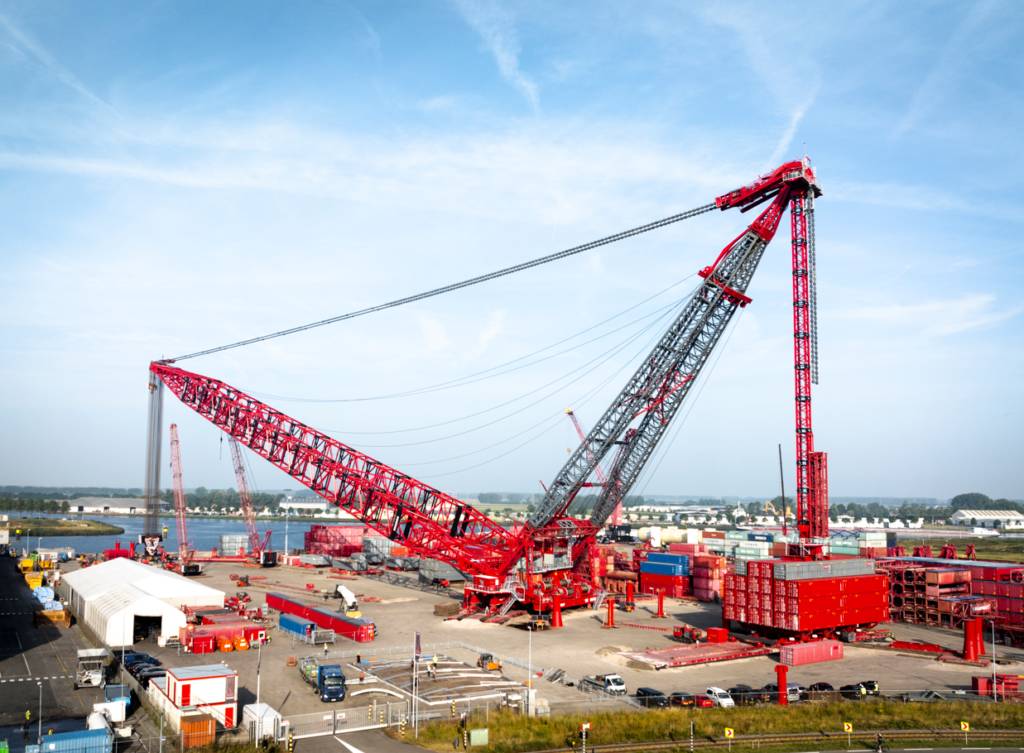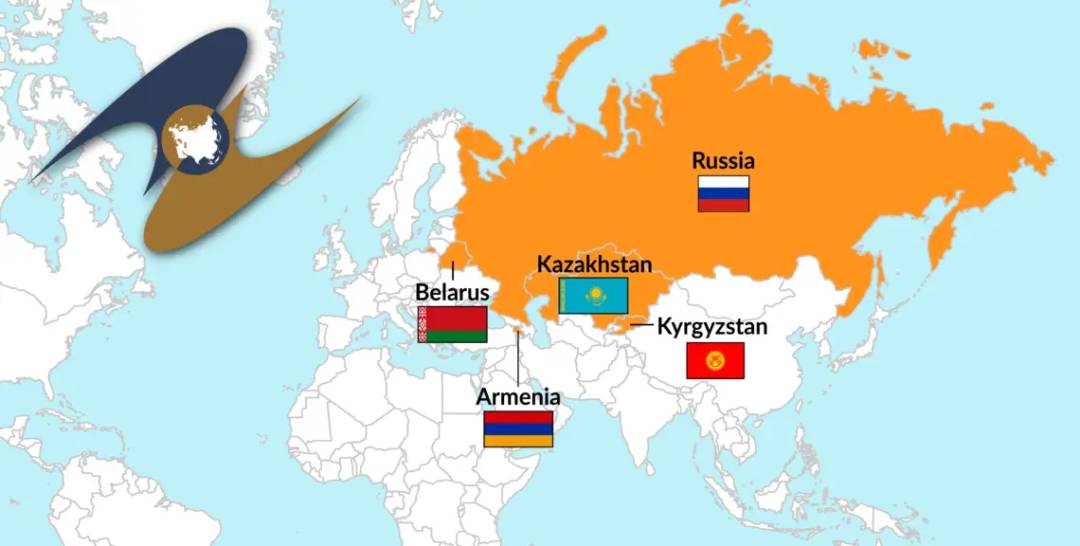Cathay Pacific's A350 Engine Component Failure Follow-Up and Impact Analysis
In the early hours of September 2, Cathay Pacific flight CX383 to Zurich turned back to Hong Kong shortly after take-off due to engine problems. After inspection, the A350 was confirmed to have suffered an engine component failure. Cathay Pacific Airways confirmed that the failure was the first of its kind in the world. It is understood that the engine that failed was a Rolls-Royce engine, which is currently fitted to all A350 aircraft worldwide.
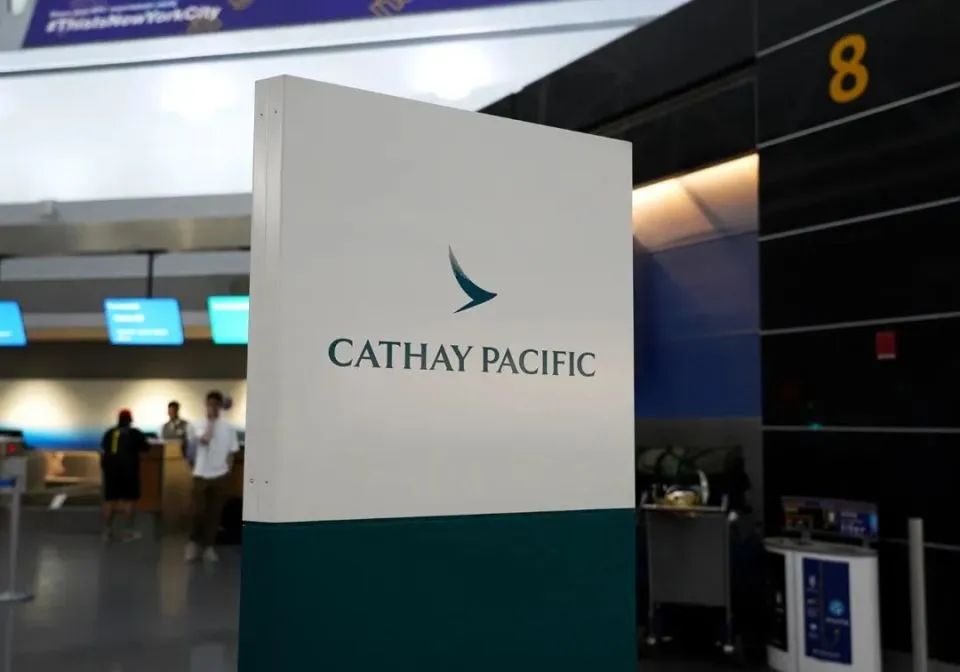
Image Source: Every reporter Zheng Yuhang photo
Prior to this incident, another well-known global engine had caused many A320s to be suspended due to a hidden problem, and since the outbreak, problems in the aircraft manufacturing supply chain have continued to have a profound impact on airlines around the world.
To ensure safety, Cathay Pacific acted swiftly to announce an immediate comprehensive inspection of all 48 of its A350 aircraft. According to Cathay Pacific's half-yearly report for 2024, Cathay Pacific's fleet of 48 A350s includes 30 A350-900s and 18 A350-1000s, with one A350-1000 confirmed to have suffered an engine component failure.
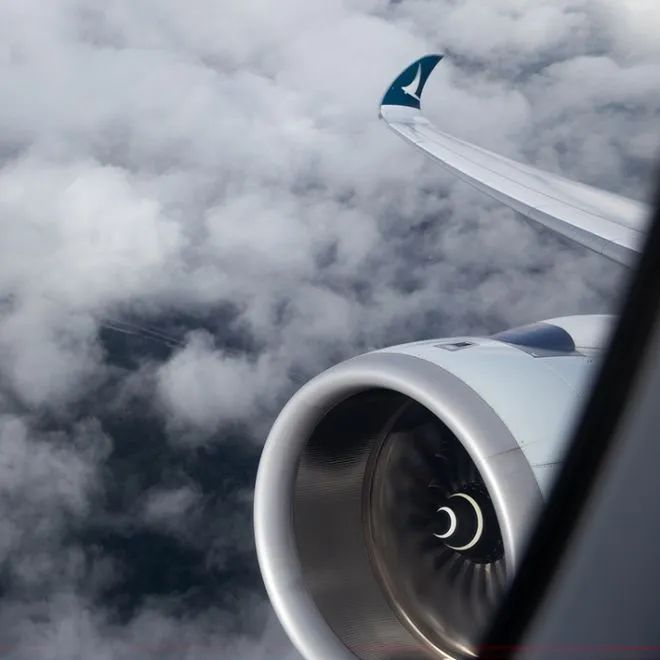
Image Source: Sourced from the Internet
On September 3, Cathay Pacific Airways announced that its engineering team had been working at full capacity for just over 24 hours to conduct a thorough inspection of all aircraft in the A350 fleet in operation. As a result, 15 of the aircraft were found to need engine parts replaced, but happily three of these have already been repaired. Cathay Pacific said it would continue to work intensively to repair the remaining affected aircraft and expects all of them to return to normal operations this Saturday (September 7th). The A350-1000s involved are said to be powered by Rolls-Royce Trent XWB-97 engines.
In its statement, Rolls-Royce pledged its full commitment to working closely with airlines, aircraft manufacturers and other stakeholders to provide them with all-round support. The company will not only provide professional support and detailed guidance to Cathay Pacific, but will also keep other airlines using the Trent XWB-97 engine informed of progress. Rolls-Royce said in a statement on Tuesday that it will firmly work with all parties and that if any parts need to be replaced, the company's stock of spare parts can ensure adequate supply, and the replacement process does not require the engine to be dismantled from the wing, which undoubtedly provides great convenience and guarantee for the repair work.
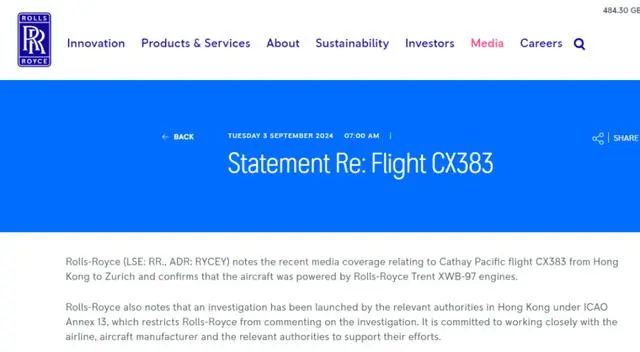
Image Source: Sourced from the Internet
Of particular interest is the fact that just last month the US Federal Aviation Administration (FAA) issued an Airworthiness Directive (AD) covering all Airbus A350 aircraft. The AD, which covers all Airbus A350 aircraft, focuses on a potential defect in the T-pipe in the engine's air intake system, and specifies that the affected component must be replaced urgently to minimize the safety risk. the FAA directive, which affects 32 U.S.-registered Airbus A350 aircraft, states that operators must complete the replacement of the affected piping before the aircraft reaches a specified number of flight cycles.
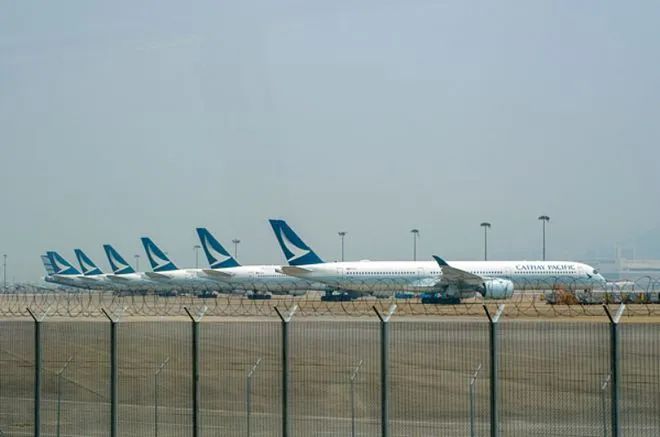
Image Source: Sourced from the Internet
However, Cathay Pacific has not disclosed in detail why its engine parts needed to be replaced, emphasizing only that “this is the first time in the world that an engine part has failed on an A350 aircraft”. The incident has not only attracted a great deal of attention from the aviation industry, but has also refocused the attention of passengers on the issue of aviation safety, with all parties closely monitoring Cathay Pacific's subsequent repair progress and the potential impact of the incident on the global aviation industry.
-------- END --------
